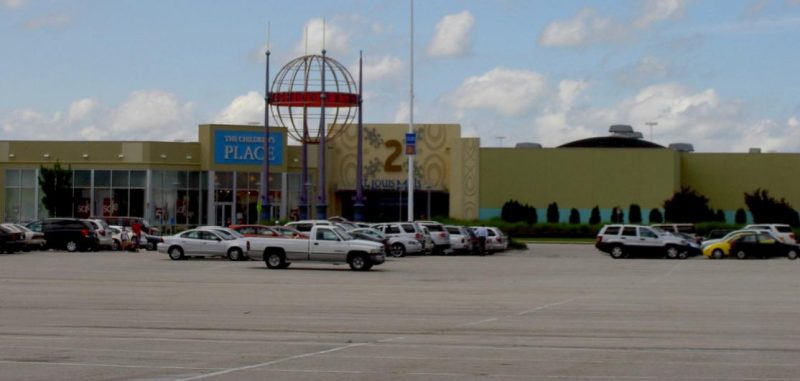The nation’s ailing malls are trying to use entertainment and restaurants as anchors new business. They want to reinvent themselves as theater districts for entertainment and offer opportunities for socialization and entertaining as a way to save shopping.
To do that, they’re converting vacant anchor stores into indoor entertainment destinations, such as go-karts, arcade games, and rides or main-brand experiences, from Legoland to the Crayola Experience.
“Today, it’s about real-life socialization,” Randy White, CEO of White Hutchinson Leisure & Learning Group, told Curbed.com. “Potential shoppers can have all the digital entertainment experiences at home.”
Malls need to change consumer habits, however. Consumers are shopping more online, and they’re spending more time at home. Between 2000 to 2017, out-of-home entertainment spending fell 3%, according to data from the U.S. Department of Labor. “The amount Americans spend to go out is actually going down because they’re staying home more,” Nick Egelanian, president of SiteWorks, a retail consultant firm, told Curbed.com.
That dynamic has malls adding new experiences to try to draw more people out. For example, the new American Dream Mall in New Jersey includes an indoor ice rink and indoor ski slope. In Columbus, Ohio, the Tuttle Crossing Mall converted a former Macy’s store into an indoor entertainment area called Scene75, which includes go-karts and rides.
Malls are moving beyond basic “101-level” entertainment options and looking to draw more complex entertainment venues so they can maximize the potential for repeat customers, Egelanian says.
But not analysts believe family entertainment venues can rescue all the malls in America. “The A or B-plus level malls will survive,” White told Curbed.com. “The rest will turn into Amazon distribution centers or other uses. We’ve always had too many square feet of retail, and now it’s insane.”
But the big question remains: “If you have that much entertainment, will it drive much retail sale?” Egelanian notes.
Nevertheless, more developers are putting bets that family-oriented entertainment venues can provide a long-term consistent anchor for malls. “Malls may not be retail playgrounds anymore; maybe these new businesses can help redefine malls and their role as common social spaces,” Curbed.com reports.
Source: “Dying Malls Seek Second Life as Entertainment Destination,” Curbed.com (Feb. 18, 2020)













